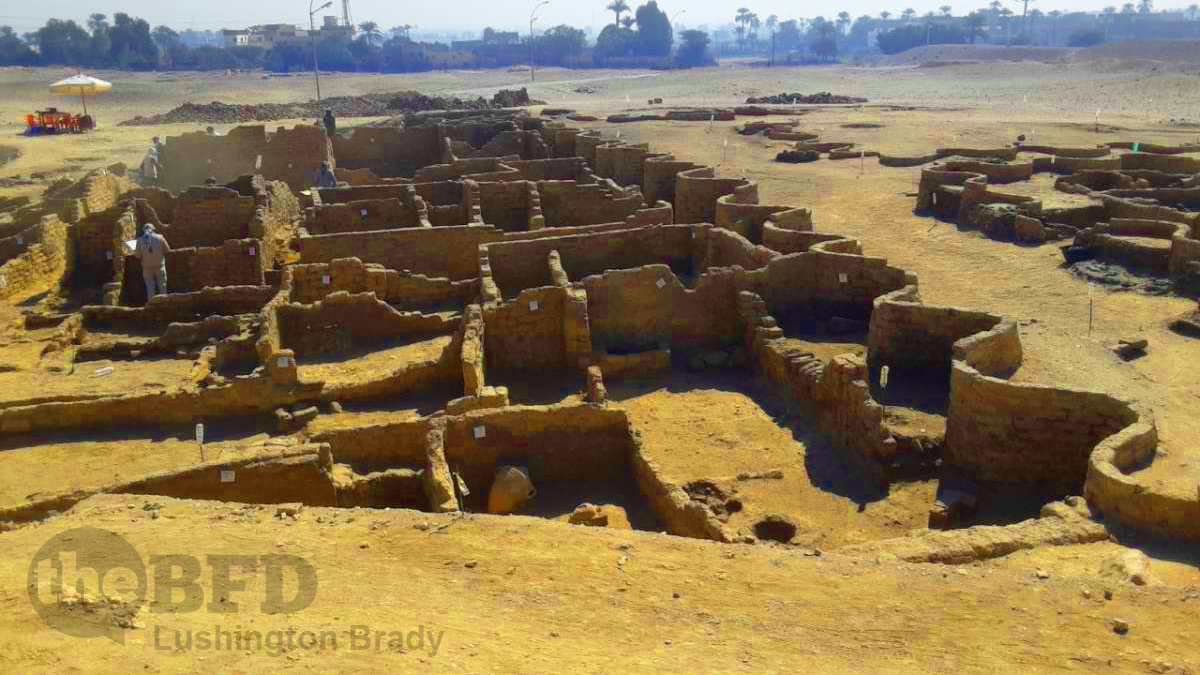Rome may be famous as the Eternal City, but lost cities have often loomed larger in our collective consciousness. The prototypical lost city is the mythical Atlantis, but very real lost cities have over time emerged from the mists of legend and the sands of time.
Troy
Almost as legendary as Atlantis is Troy. The subject of one of the world’s oldest great works of literature, Troy was long assumed to be purely mythical.
Then it was discovered, exactly where legend said it was.
Troy stood on a hill near the river Scamander. The city had an abundance of plains and arable land which made farming develop a lot.
Back then, Troy was a naval base and served as a solid ground for aspiring writers to create their mythological stories upon. It was excavated however, in the 1870s by Heinrich Schliemann.
“Excavated” is an over-generous term to apply to a 19th century businessman turned amateur archaeologist who destroyed more than he unearthed. In his eagerness to find the “real” Troy (and loot its treasures), Schliemann hacked through layers of a city which had been progressively built on its own ancient ruins. Modern archaeology, though, has recreated what would likely have been the ancient landscape – almost exactly as Homer described it.
Pompeii
It’s strange to think that there were long centuries when the name of Pompeii wasn’t known. But, after the once-thriving Roman city was destroyed by volcanic eruption, its existence faded from memory for over 1,000 years.
After Vesuvius erupted, it buried the whole community under 60 feet of ember and rock. According to records, the city had around 20,000 inhabitants at the time, and it was considered to be one of the major sightseeing venues for the aristocratic Roman society.
The ruins from the eruption lasted for 1,700 years before being inadvertently rediscovered in 1748 by laborers building a palace for the King of Naples.
The burial of Pompeii wasn’t complete at the time of the destructive eruption, though. At first, the tops of larger buildings would have been visible above the ash. Soon after the eruption, looters descended on the city. Modern archaeologists have uncovered evidence of looting such as holes knocked in walls – not to mention a graffito reading, “house dug”.
But the name and location of the city were still marked on the Tabula Peutingeriana, a Roman map, 300 years later. However, over the next century, fresh eruptions buried the ruins completely. Still, the area was known as La Civita (“the city”) because of its unusual features.
The earliest known rediscovery of its ruins were in 1592, when an architect digging an underground aqueduct found ancient walls – but kept the discovery a secret. A century later, the first argument that an ancient city called Pompeii lay under “La Civita” was recorded. It wasn’t until the mid-18th century, though, that the first scientific excavations began.
Angkor
The Angkor region of Cambodia well assisted as the center of power for the Khmer Empire from 800 AD to the 1400s. The region was deserted after a decadence which concluded with an invasion by a Thai army in 1431, leaving the city together with its thousands of Buddhist temples to be recuperated by the wilderness. The city was untouched until the 1800s but then a group of French archeologists showed interest in it. They began studying it and restoring it.
Angkor and its surrounds are regarded as the biggest pre-modern city in the world. It may have housed between 750,000 to a million people. Angkor Wat, the massive Hindu-Buddhist temple complex, is one of the largest religious buildings in history.
Then there are “lost cities” which remain very lost in the realm of mythology.
El Dorado
Among the most renowned of lost cities was El Dorado, the mythical empire allegedly found in the jungles of South America. “The Golden One” was the literal meaning in Spanish.
It was ruled by a mighty king and was also the seat of an infinite abundance of gems, jewels and gold. The city was prone to constant fascination and as such, a number of expeditions to find the treasures were organized, each of which ended in failure.
Gonzalo Pizarro in 1541 led a group of 300 soldiers and several thousand Indians into the jungle in hopes to find El Dorado.
All Pizarro found, though, was disease, starvation and hostile natives. El Dorado remains a myth.
Machu Picchu
Machu Picchu is the closest thing to El Dorado ever discovered – and while it may not be made of gold, the isolated stone city perched on the peak of a spectacular mountain is still an object of wonder.
Fittingly, then, it was discovered only early in the 20th century by the real-life explorer who was the model for none other than Indiana Jones himself.
It was only when historian Hiram Bingham visited the city in 1911 that it became known outside of the region. Previously, the secluded city was known only to its dwellers.
About History
All of whom abandoned it in the 16th century – barely more than 100 years after it was constructed. The city appears to have been built as a royal estate for the Inca emperor Pachacuti. With the collapse of Inca civilisation under the Spanish, and possibly also due to the introduction of smallpox, the city was abandoned and remained completely unknown to the outside world.

